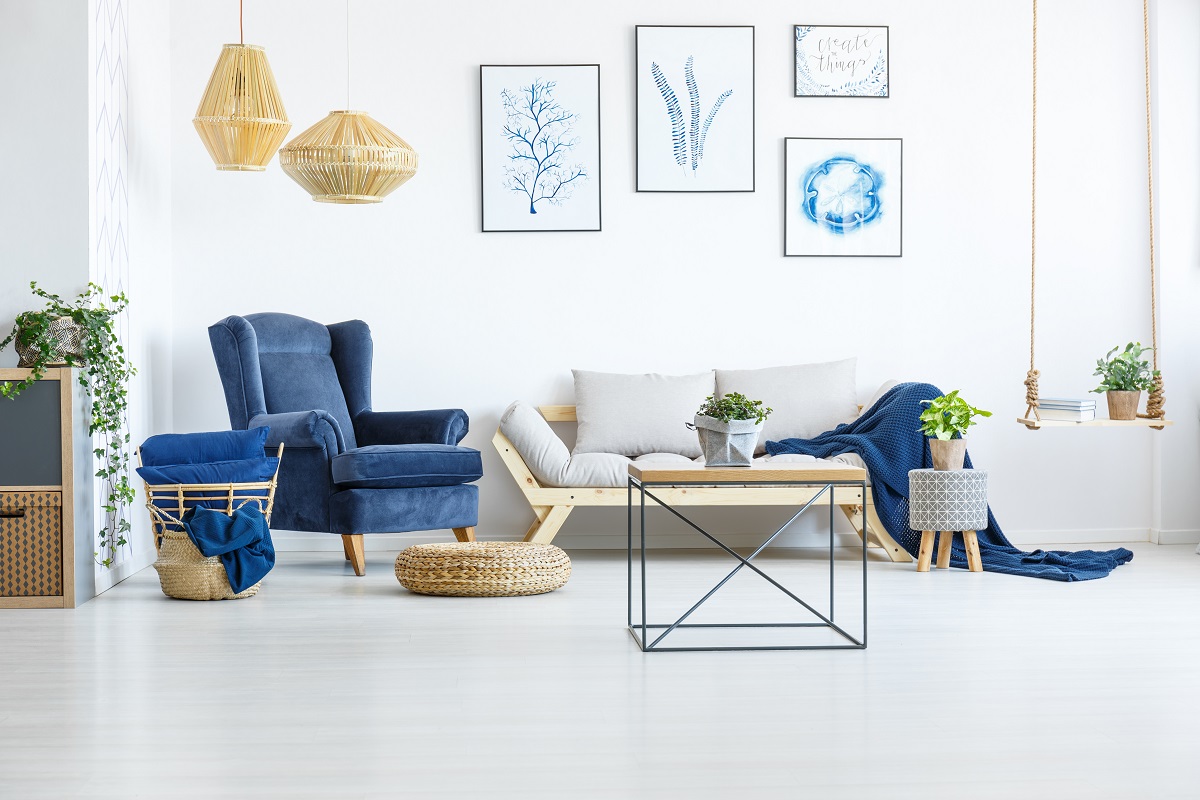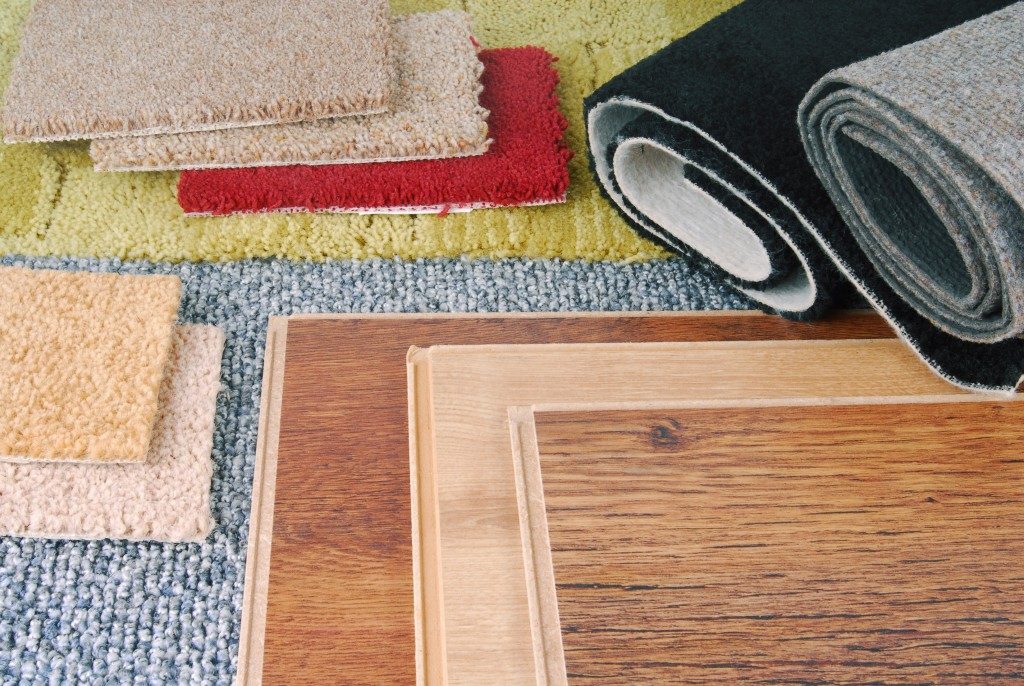Homeowners often hire professionals, such as interior designers, to improve the aesthetics of their property. Others prefer to design their own homes by themselves. They can look for design inspirations posted on websites or blogs. If you are planning to redesign or redecorate your home, you can also ask an expert to accomplish tasks for you. If not, you can ask for help from family and friends regarding your DIY home project. Either way, you need at least to have an idea about basic home designing. This way, finalizing your home’s interior style will be easier.
You have probably searched for home design inspirations online. That is a great start, but it’s better if you also learn a few basics, such as rules about colors and patterns. If you learn how to mix and match patterns, you won’t consume a lot of time figuring things out. Here are a few tips to help you decide about your home’s design:
- Choose your main color—Know that you can choose any color that you like. Think about one color that you will never get tired of. Imagine your home painted with that color and start checking out specific shades. That is where you will base the other colors and patterns that you will be using next.

- Observe the most prominent pattern at home—Check if you have a patterned rug or upholstery at home. Choose a few colors from that patterned item. For instance, if you have Turkish kilims from Scottsdale, AZ, mostly made of red patterns, take note of that. You will need to choose color palettes, which will complement that color.
- Ceilings should always be light-colored—If you are deciding on what to paint your ceilings, stick to light colors. White is a popular choice, but you can also go for cream or light gray. You only need to take note that ceilings should have the lightest color followed by the walls. The floors should be darker than your walls and ceiling.
- Always include neutral colors—Patterns can make things look cluttered and messy if not used properly. To break a busy pattern, include neutral and plain colors in between the patterns. Neutral colors can also help balance loud or bright colors, especially on walls and large furniture.
- Don’t go over three patterns—A basic rule about patterns is that you should never go over three of them in a single space. One to three patterns should be enough. For example, if you want them in your bedroom, the design of your pillows can be different from your bedsheet and blanket. If all these items have different patterns, the rest of the room should be plain and simple.
Colors and patterns are fundamental elements in interior design. Learning about them may seem irrelevant to some people. However, if you understand a few concepts about these elements, you will find it easier to redesign your home in the future. Aside from this, you will also find new opportunities to change your home’s design whenever you want. You don’t always need to consult experts to decide on a new wall paint color. You don’t have to browse the Internet to copy designs from someone else’s home. Now, you won’t find it complicated to improve your interior design, especially when it just involves colors and patterns.

